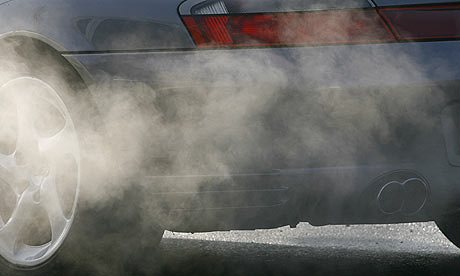Environment Laws
The US has promulgated The Clean Air Act which serves to regulate the emissions from mobile sources. These sources include cars and trucks besides buses and other diverse kinds of non-road vehicles or equipment. These may include vehicles for construction or materials-handling as well as recreational equipment, agricultural equipment and garden equipment among others. US EPA or Environmental Protection Agency has been authorized to ensure compliance. Its authority extends to the regulation of the quality of different fuels and their additives that may be used for the mobile sources. Its task includes ensuring that all vehicles meet standards such as certification and assembly line testing besides recall and warranty.
The ultimate idea is of course that total control of emission is exercised to prevent the usage of vehicles that are not maintained properly. It is also incumbent on the vehicle manufacturers to pay due attention to the design of vehicles before these are produced in bulk. The compliance tools also serve to ensure that due constraints are placed at the time of bulk manufacture and there is a system of recall and warranty in place pertaining to all vehicles.
Compliance Program
The compliance program includes certification, investigations and inspections, recall and warranty besides regulation regarding the import of vehicles and the selective testing of vehicles in a batch. Among these, certification demands that the manufacturer certifies the vehicle or engine as being capable of meeting the emission standards that have been stipulated by EPA as being applicable. In the US the stipulation is that all cars must maintain emission standards for either 100,000 miles or 10 years whichever occurs first. For heavy trucks the standards are set at 435,000 miles. While the testing, aging and maintenance are the responsibility of the manufacturer, the EPA has the right to carry out an on-the-spot check on some of the certified vehicles. Such tests are carried out before mass production so that corrections required to be made do not hurt much. On the other hand, the recall program serves to secure the modification of those vehicles that are not performing according to set standards. These will be withdrawn from use and modified before release.
Warranty
The EPA stipulates that manufacturers have warranty programs that enable customers to seek recourse against them whenever vehicles fail to meet the set standards. The warranty in such cases must ensure that all design defects or defects due to workmanship that may result in excessive emissions, are rectified. As per the 1990 Clean Air Act Amendments, the warranty for equipment that have been designated by the EPA will be 8 years or 80,000 miles while the other parts related to emission will be guaranteed for two years or 24,000 miles. Today, compliance is not negotiable. Manufacturers need to ensure that the sacrosanct environmental laws are not violated. It is critical therefore for manufacturers to keep a track of all customers and the kind of warranties that have been offered to them. Thereafter, during the lifecycle of the vehicle, the manufacturer will have to ensure that all necessary checks related to environment laws are carried out on the various components periodically as stipulated in the warranty standards. It is therefore necessary for the manufacturer to opt for the right kind of on-demand warranty management solution on offer from leading professionals.
On Demand Warranty Technology
A robust warranty management solution is necessary for the manufacturer so that he can ensure that environment laws are not violated. This solution is on offer from leading companies that develop IT solutions for diverse sectors. These companies are proficient in the various critical aspects that are related to the warranty process such as the monitoring of policies and flat rates besides fault codes and the processing of claims. Only such a warranty administration system will ensure satisfied customers.



